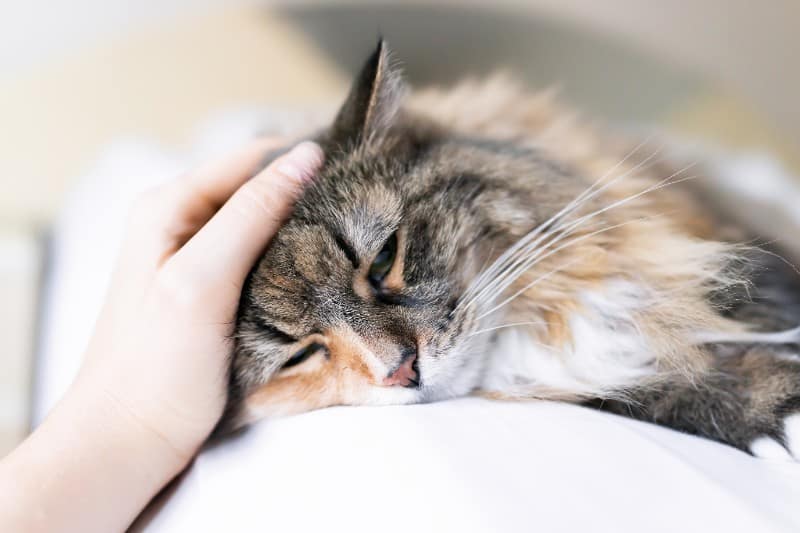Time to Act? When a Pet Is In Pain, Don’t Make Them Wait

As we age, pain sort of rules our lives. Sadly, this is no different for animals.
Like us, pets are equally prone to age-related illnesses or injuries that result in chronic pain. They can also suffer from acute pain following an accident, fight or surgical procedure. Either way, when a pet is in pain they need – and benefit from – quick action and fast relief.
Don’t Ignore the Signs of Pain in Pets
Pain is a natural, normal consequence of living, and it serves an important purpose.
Despite the fact that animals try really hard to cover up any signs or symptoms, their pain has the potential to alert us to possible illness or injury. Without this powerful indicator, their quality of life can quickly go down hill.
Even If They’re Elusive
Without a doubt, even the most involved pet owners can miss signs that a pet is in pain. After all, the symptoms can be incredibly subtle, non-existent, or misleading. As a result, we recommend learning the following signs of pet pain so you can swiftly intervene:
- Panting
- Respiratory distress
- Lethargy or disinterest in formerly enjoyed activities
- Mobility issues
- Overgrooming certain areas of the body or a significant lack of personal grooming
- Increased vocalization, especially crying, growling, yelping
- Guarding a specific area of the body
- Withdrawal or hiding
- Inability to get comfortable
- Clinginess
- Changes in eating, drinking or bathroom habits
If you see your pet behaving in ways that you’ve never seen before, or that generally feel odd, we recommend scheduling an appointment. Early detection of developing problems is very important to how effective we are at managing their pain.
Coping Mechanisms
Responsible management of pet pain is an important part of veterinary medicine, and the sooner your pet receives care the better. Once examined, tested and diagnosed an individualized pain treatment plan is designed that considers the source of pain, and it’s frequency and intensity. A multi-modal approach, their plan may include any of the following:
- Prescription medication (remember, human medicine can be very toxic to pets; please don’t be tempted to treat your pet on your own)
- Nutritional supplements
- Physical therapy
- Laser therapy
- Nutritional support
Oh No! I Think My Pet Is In Pain!
When a pet is in pain, we prioritize how they’re feeling and make adjustments to improve every aspect of their quality of life. We want to help you maintain daily activities that make both you and your pet happy and comfortable.
By recognizing and reacting to the signs of a pet in pain, you’ll be less likely to overlook any indicators of illness or injury.
If you have any questions about your pet’s health or behavior, we encourage you to reach out to us. We’re always here for you at Animal Medical Hospital & Urgent Care.
